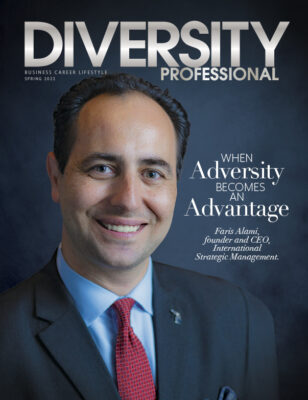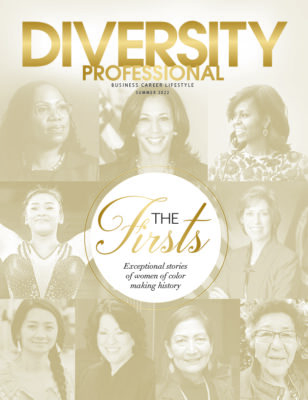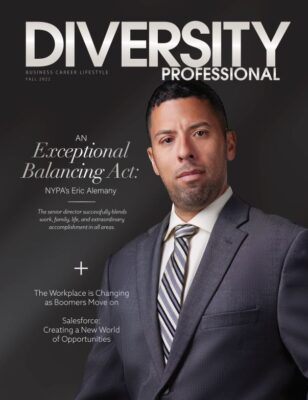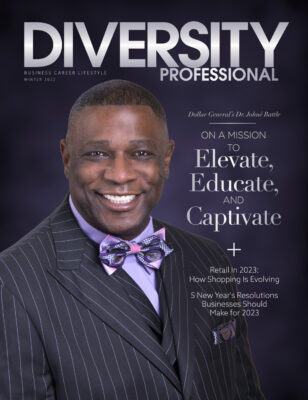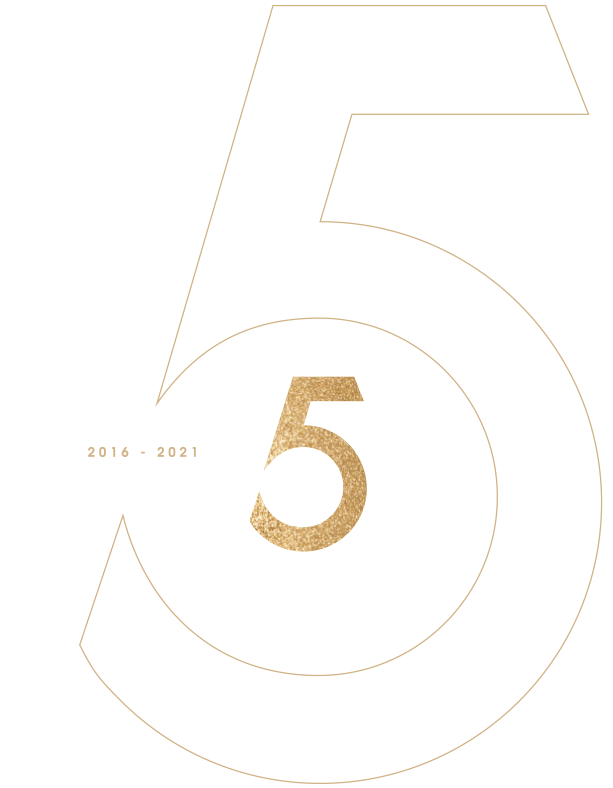What Does It Really Mean To Be An Ally?
Is it all for show or does the support for the oppressed have real teeth?
Instagram posts. Facebook stories. LinkedIn updates. We see a lot of #Ally posts these days. But, what does “being an ally” really mean?
As businesses, politicians, organizations and people in general move towards becoming more diverse and inclusive, I ask—what are you doing to share your advocacy and your allyship?
A lot of people will consider or call themselves an ally today in the pursuit of D&I so what does “being an ally” really look like if you’re delivering? Allyship is a process just like “inclusion” is a process.
I like to define allyship as a process where you are building relationships upon trust, consistency and accountability with those marginalized identities you seek to support and empower. I also like The Corporate Sister’s definition: “An ally is any individual involved in the promotion and advancement of an inclusive culture through positive and intentional action.” If you’re a true ally—you’re not just someone who has the sentiment of, “I believe that equality, justice, dignity and respect should be provided to this group of people or identity…”—but you stand in solidarity with those marginalized people. That simple shift looks quite different and provides a much greater impact.
I’m also of the persuasion that the people you are being an ally for should be the ones giving you the label. It doesn’t work to just say “I am an ally” but your actions and impact must make those groups say, “Yes, that person is an ally.”
The importance of allies shouldn’t be minimized. Allies are important and appreciated, but it’s the way that an ally operates that is vital. If someone of a marginalized identity can say that a person is an ally, they see that that person has sacrificed something, spoken out or challenged the status quo. As an ally—what you’re really doing is acting for others in pursuit of helping to end some type of oppression. That effort can take the form of educating others or being a voice, sponsor or mentor for others. Allies leverage their power, influence and privilege to help someone overcome some of the hurdles or barriers that exist because of their situation or oppression.
Here are a few ways to be more intentional about the work of allyship:
■ Seek out marginalized voices and perspectives to gain a better cultural competence. By truly learning more about different cultures and experiences, this can lead people to take inventory of their lives and see how they can potentially change the situation for someone else.
■ Don’t just talk…Act. Again, no performative allyship, but real allyship. A step in the right direction is to simply be proactive and intentional regarding actively learning the experience of other people’s lives.
■ Confront racism/bigotry and do it with a high-level of intolerance. True allyship is not being wishy-washy. Be clear about where you stand. Many people are fearful of being an ally because they see it as a risk to their image but, this is about solidarity.
■ As a community or business, have a high compass for social consciousness. Many influential organizations should continue to speak out about inequities and injustices. When many high-level brands and leaders speak out against injustice—it carries influence.
■ Give up time and money to support those organizations and nonprofits that do this work. Organizations that have the financial means and can provide for different communities should donate time and money to support organizations and nonprofits who don’t have as deep of a well to do their work effectively.
■ Be vocal and call out inequities and poor behavior. As Isaac Sabat, assistant professor of organizational psychology at Texas A&M University, states at CNN, “Research shows that confronting bad behavior in the moment—responding to someone’s insensitive remark, say, or calling attention to the lack of representation in the room—can be more effective when it comes from an ally.”
■ Do the internal allyship work, not just the external. Take time to examine your internal policies and cultures to ensure that they are completely supported and committed to driving out inequities. The natural intricacies of business and bureaucracy can make internal allyship and D&I trickier to implement, so you must make a strong, conscious effort to do the work.
Walk the talk… As a “Forbes” article with Sheree Atcheson states, “To be allies, words and action must be in sync.” “Performative Allyship” equates to the practice of “talking a big talk” but not actually backing it up. It amounts to an occasional public performance instead of continuous, well-informed labor. We need to make sure that if we’re talking about being a true ally, it’s not just for PR purposes but to really allow people to hold you accountable.

Here’s a simple example of a community ‘walking the talk.’ Last week, a colleague of mine in Arizona saw a sign and emailed it to me. It was a giant interstate sign on US84 heading into town. I don’t know much of the ins-and-outs of the community’s work, but with this sign, they are definitely “hanging it out there” for the world to see. The real test will be to see if they’re able to deliver. Typically, when organizations/businesses make such a public statement, they know they’ll be held accountable.
I personally like to challenge people. If you consider yourself an ally, how will you show your solidarity with those individuals? What can you do to amplify both your internal and external work to support those marginalized voices and communities? That simple sign is sending a very intentional message that the community/organization is continuously practicing its role as an ally. Through solidarity, you are being active in helping to facilitate a change. I think that’s the important difference between performative allyship and true allyship.

